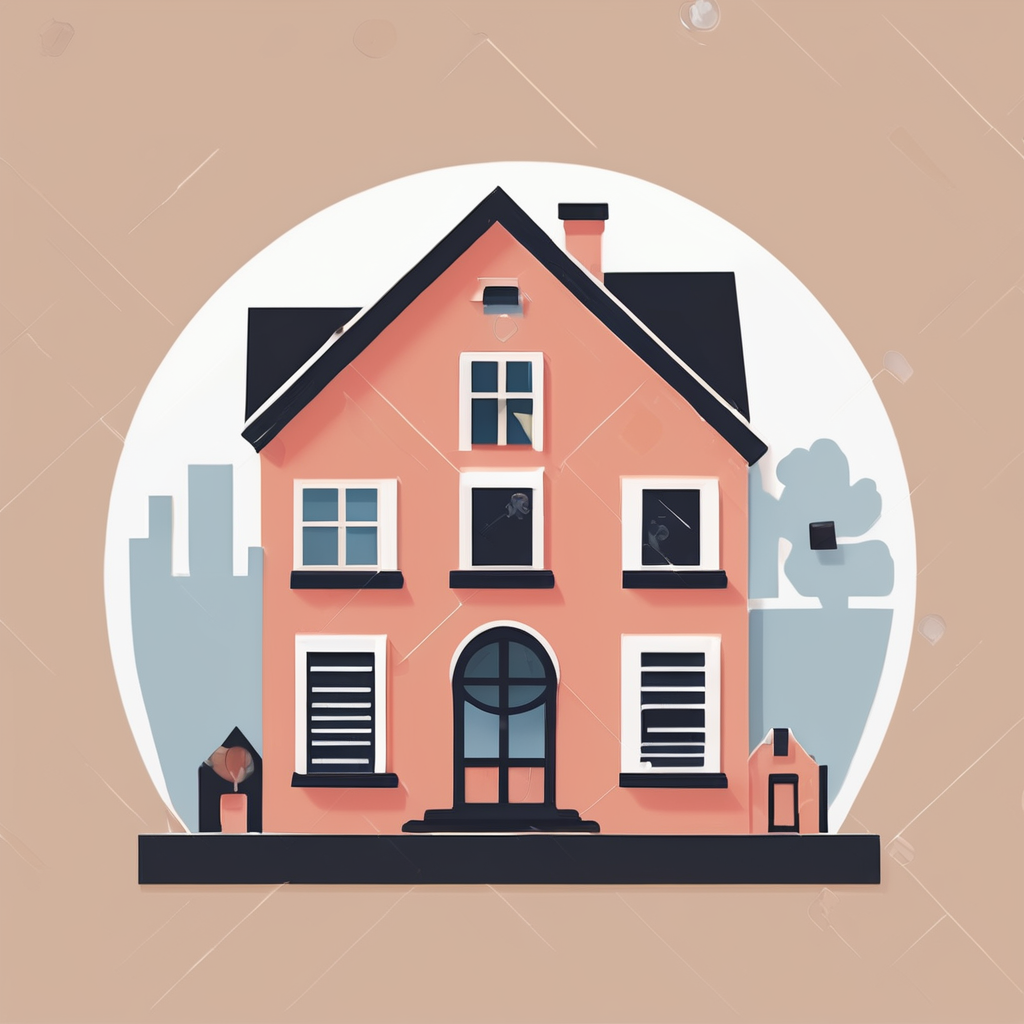Understanding Victorian Home Characteristics
Victorian homes are notable for their distinct architecture and historical features. These charming homes often showcase intricate designs with ornate trim, grand staircases, and stained glass windows. Integrating these elements into a cohesive style typifies Victorian architecture, a style that flourished during the mid-to-late 19th century.
Renovating a Victorian home requires a delicate balance between modern convenience and historic preservation. Maintaining authenticity is crucial as it respects the home’s historic integrity. It’s essential to consider the historical features when upgrading systems like heating or plumbing.
Also read : Revamp your uk garden into a charming outdoor dining retreat for memorable meals
One significant challenge is retrofitting insulation, which must be done carefully so as not to detract from the home’s charm. Insulation techniques must be integrated without disturbing the original aesthetics. This includes the use of interior wall insulation that respects and preserves the home’s internal architecture.
Despite the challenges, preserving a Victorian home is a rewarding endeavour that offers a glimpse into architectural history. For homeowners and renovators, understanding these home characteristics is key to making informed and respectful decisions. Keeping the home’s charm alive provides both aesthetic satisfaction and adds immense character and value to the property.
Also read : Transformative design ideas for uk nurseries that adapt to your child’s development
Insulation Techniques for Victorian Homes
Renovating Victorian homes often presents unique challenges, especially when it comes to insulation methods that maintain energy efficiency. Selecting the right eco-friendly solutions without compromising the historical essence is key.
Internal Insulation Solutions
Installing internal wall insulation offers a feasible way to enhance energy efficiency; however, it can be a double-edged sword. While it significantly reduces heat loss, the risk of altering the authentic architectural feel remains. Ideal insulation materials include sheep wool or hemp fibre, renowned for their compatibility with Victorian architecture. These materials are breathable and kind to the environment, making them very eco-friendly solutions.
However, some drawbacks include the potential reduction of indoor space and difficulty in accessing walls post-installation. Various techniques can help mitigate these issues, such as applying thermal boards that are slim yet effective. Careful planning ensures minimal disruption to historical features, offering a respectful solution that upholds aesthetic integrity.
External Insulation Options
While often less preferred due to planning restrictions, external insulation can be achieved by adding materials like lime render or breathable plasters. Carefully chosen materials will blend with the original home characteristics, thus respecting the historical visual appeal. External methods, though subject to local heritage regulations, offer great thermal benefits if executed thoughtfully.
Roof Insulation Strategies
Enhancing energy efficiency in Victorian homes requires understanding specific roof insulation strategies. Properly insulating the roof is crucial, as it can significantly reduce energy loss. Victorian architecture often features complex roof designs like steep pitches or asymmetrical shapes, posing unique challenges.
Types of Insulation Suitable for Victorian Roofs: A combination of rigid boards and spray foam is generally recommended. Spray foam works well in tricky areas, while rigid boards provide robust coverage without disrupting the roofline. This ensures effective insulation while maintaining the home’s external aesthetics.
Maintaining Roof Aesthetics While Improving Insulation: When insulating, it’s essential to choose materials that are compatible with the existing structure. Preserving historical features is vital. Therefore, opting for discreet installation techniques helps in maintaining the historical features of the home.
One effective approach is insulating from within the attic space, ensuring the addition of insulation materials is minimally visible from the exterior. This method not only strengthens the thermal envelope but also retains the Victorian home‘s classic charm. Consulting with specialists in historical buildings ensures any work done respects both the architectural and historical integrity of the property.
Materials That Complement Victorian Aesthetics
When preserving a Victorian home, selecting the right insulation materials is crucial for maintaining its historical allure. Preservation materials need to harmonise with the existing Victorian architecture; this ensures that updates do not clash with the original historical features.
Natural insulation materials like sheep wool and hemp fibre are often favoured for their outstanding compatibility with traditional designs. These materials are breathable, reducing the risk of condensation and promoting energy efficiency while being gentle on the environment. On the other hand, some synthetic options offer advanced thermal properties but may lead to aesthetic discord, challenging the balance of authenticity.
An effective preservation approach involves combining both natural and synthetic materials, thoughtfully selected to blend seamlessly with the home’s characteristics. Ensuring the historical essence remains intact requires sourcing period-appropriate materials. Some suppliers specialise in reproducing styles and products that match the Victorian era, alleviating disruptions to architectural authenticity.
Consulting with experienced preservationists can provide valuable insights into historically compatible solutions. They can guide the sourcing process, helping to maintain a delicate balance between modern efficiency and historical integrity, ultimately preserving the charm of these timeless dwellings.
Regulatory Considerations for Insulation Renovations
When insulating a Victorian home, understanding local building regulations is crucial. These homes often fall under conservation guidelines due to their historical significance. Planning permission is required for changes affecting the building’s appearance, especially for external insulation. It’s wise to consult local conservation officers, who can guide the preservation of the home’s integrity during renovations. They offer advice on suitable materials and techniques that align with preservation standards.
Steps to secure necessary permissions involve preparing detailed renovation plans. These include showing how proposed insulation methods respect historical features. Often, Victorian architecture requires adherence to more stringent standards to ensure character and charm are maintained.
Homeowners should engage with heritage organisations or local councils early in the process. This interaction often unveils specific requirements unique to different areas. Submit applications for planning permission well in advance, allowing time for consultations or potential revisions.
Understanding and navigating these regulations helps protect historical features while allowing for energy-efficient upgrades. This balance honours the past while embracing modern sustainability, ensuring these cherished homes remain both charming and functional for future generations.
